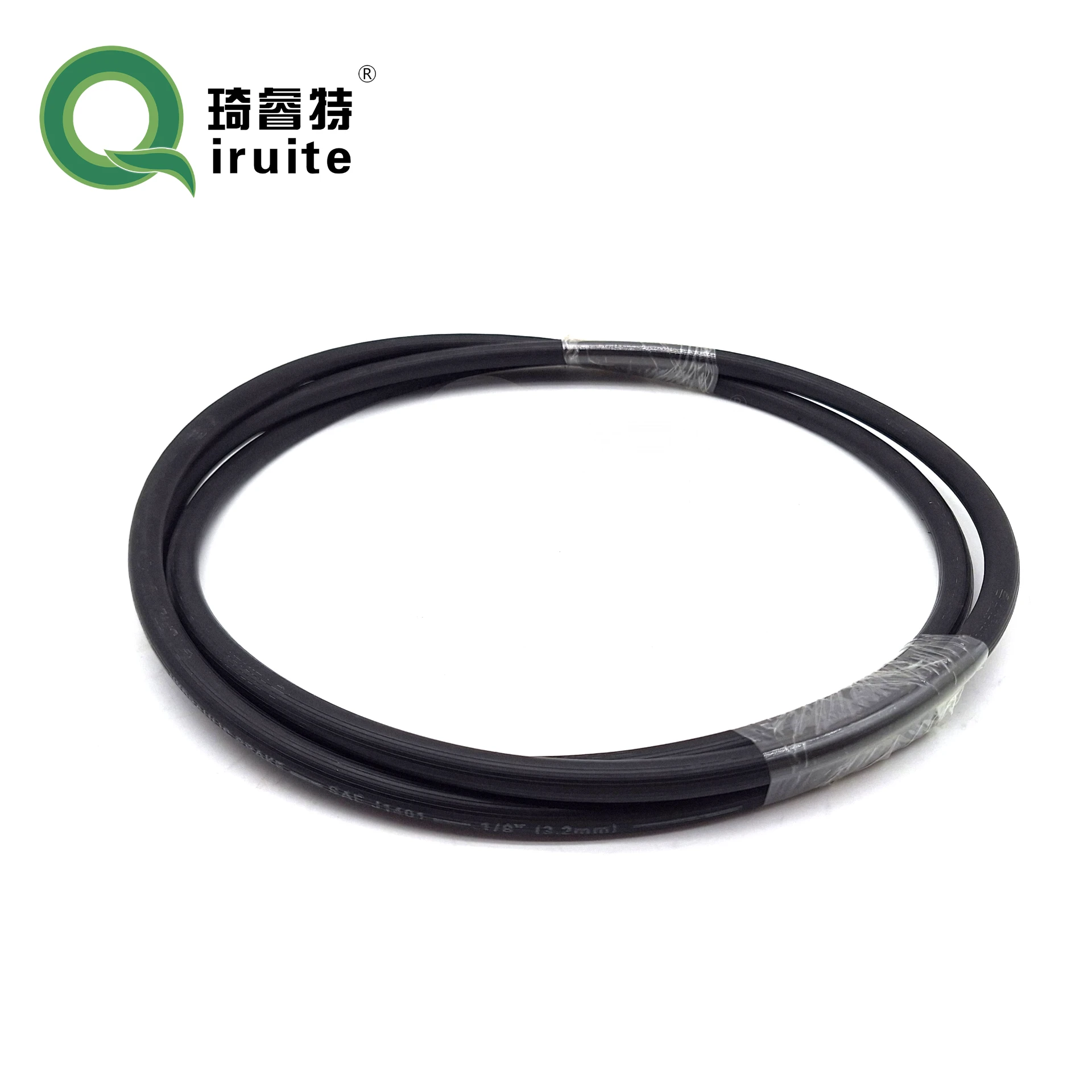Understanding the Functionality and Maintenance of Air Brake Air Lines
Understanding Air Brake Air Lines An Essential Component of Heavy-Duty Vehicles
Air brake systems are a fundamental aspect of heavy-duty vehicles, ensuring safety and efficiency in heavy hauling and transportation. At the heart of these systems lies the air brake air line, an essential component responsible for transmitting compressed air from the vehicle’s air supply system to the brakes themselves. This article will explore the significance of air brake air lines, their construction, functionality, common issues, and maintenance practices.
The Basics of Air Brake Systems
Air brake systems operate on the principle of using compressed air to activate the brakes. Unlike conventional hydraulic brakes that use fluid pressure, air brakes are more efficient and reliable for large vehicles such as trucks and buses, where greater stopping power is required. The key components of an air brake system include the compressor, air reservoirs, brake chambers, and, of course, the air brake air lines.
Structure and Functionality of Air Brake Air Lines
Air brake air lines are typically constructed from durable materials such as rubber or thermoplastic, designed to withstand high pressure and environmental factors. These lines connect the air supply system to the brake chambers located on each wheel, facilitating the transmission of compressed air that engages the brakes.
When the driver presses the brake pedal, air is released from the reservoirs through the air lines into the brake chambers. The pressure differential created activates a diaphragm in the chamber, which in turn applies force to the brake pads or shoes, allowing the vehicle to slow down or stop effectively. This system is particularly advantageous for long-haul trucking and heavy machinery operation, where consistent brake performance is crucial.
Common Issues with Air Brake Air Lines
Despite their robustness, air brake air lines are not immune to issues
. Over time, these lines can suffer from wear and tear due to exposure to extreme temperatures, road debris, and mechanical stress. Common problems include1. Leaks Small punctures or cracks in the air lines can lead to air leaks, resulting in reduced braking efficiency. This is often characterized by a hissing sound and a gradual drop in air pressure.
2. Kinks and Bends Improper installation can lead to kinks or bends in the air lines, obstructing airflow and causing inconsistent brake performance.
air brake air line

3. Corrosion Prolonged exposure to the elements can result in the degradation of the air line material, particularly at connection points and fittings, leading to potential failures.
4. Contamination Moisture and dirt can accumulate within the air lines, which can hinder performance and lead to corrosion of internal components.
Maintenance and Best Practices
Regular maintenance is essential to ensure the longevity and reliability of air brake air lines. Here are some best practices
- Routine Inspections Drivers and technicians should conduct regular inspections of air lines for visible signs of wear, damage, or leaks. Testing the system for air pressure can help identify issues before they become critical.
- Proper Installation Ensure that air lines are installed correctly according to manufacturer specifications, minimizing bends and kinks. Flexible connectors can help to absorb shock and movement.
- Replace Aging Lines It is advisable to replace air lines that show signs of significant wear or have reached the end of their service life. Using high-quality replacement parts is key to maintaining system integrity.
- Drain Air Tanks Regularly drain moisture from air tanks to prevent contamination and corrosion in the air lines.
Conclusion
In conclusion, air brake air lines are a vital part of ensuring the safe operation of heavy-duty vehicles. Understanding their construction, functionality, and potential issues can help in maintaining and troubleshooting air brake systems effectively. By adhering to regular inspection and maintenance routines, drivers and operators can enhance safety and performance, ensuring that their vehicles remain reliable on the road.
-
Ultimate Spiral Protection for Hoses & CablesNewsJun.26,2025
-
The Ultimate Quick-Connect Solutions for Every NeedNewsJun.26,2025
-
SAE J1401 Brake Hose: Reliable Choice for Safe BrakingNewsJun.26,2025
-
Reliable J2064 A/C Hoses for Real-World Cooling NeedsNewsJun.26,2025
-
Heavy-Duty Sewer Jetting Hoses Built to LastNewsJun.26,2025
-
Fix Power Steering Tube Leaks Fast – Durable & Affordable SolutionNewsJun.26,2025

